 Signin with Google
Signin with Google Signin with Facebook
Signin with Facebook
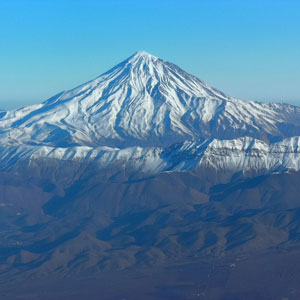

 Places,Nature,Culture,History
Places,Nature,Culture,HistoryCaspian Hyrcanian Forests, the Green Legacy of Iran
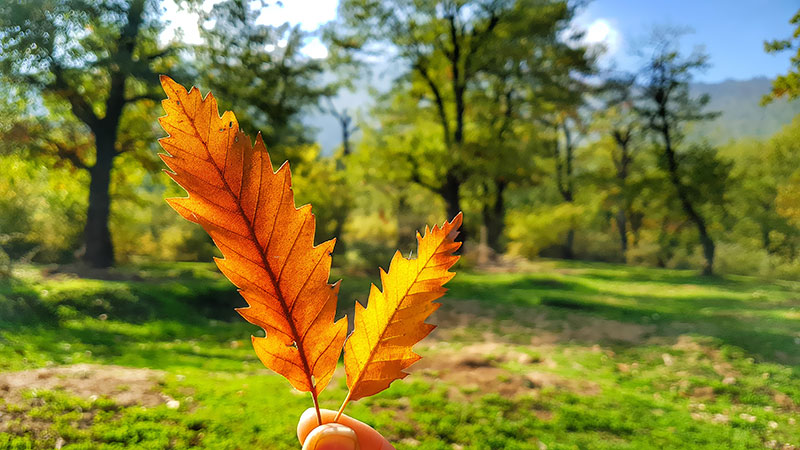
Would you like to step into one of the oldest habitats in the world along the southern coast of the largest lake on Earth which is one of Iran's natural World Heritage sites on the UNESCO list? Come along to discover the Caspian Hyrcanian mixed forests as the only humid forests in Iran which is home to thousands of endemic plants and significant animal species like the Hyrcanian tiger that Shakespeare has mentioned in Macbeth.
The mother of European forests
The Hyrcanian forests are temperate deciduous forests spread at the northern belt of the Alborz Mountains which possesses Damavand, the highest mountain peak of the Middle East with 5610 m altitude. These forests are included in Iran's five vegetation areas which stretch 80 km from northwest to northeast Iran covering three provinces of Gilan, Mazandaran and Golestan.
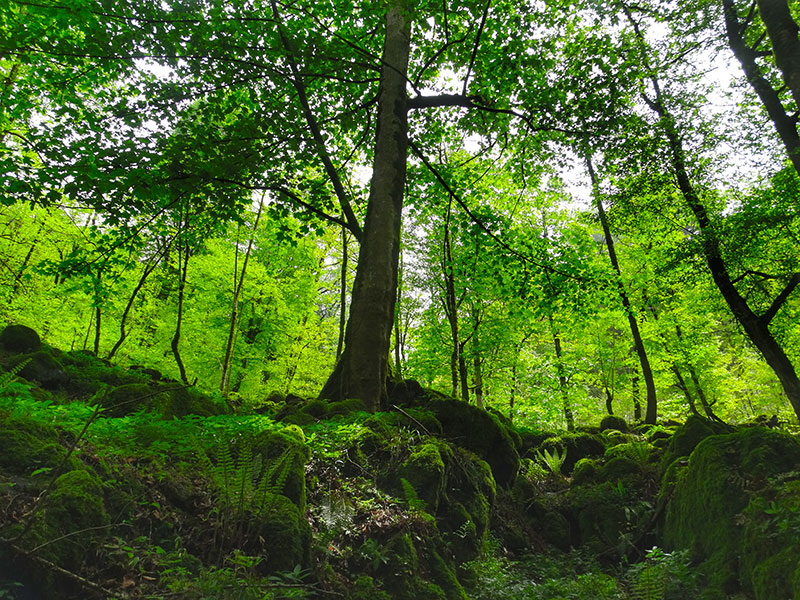
The temperate forests of the Hyrcanian region get the strong wind coming from northwestern Europe toward the northern parts of Iran and meantime the wind flows hit the northwest high mountains, being stopped from progressing into the inner parts of the country. However, in the opposite direction, warm winds from eastern Asia make the amount of humidity and rainfall decrease in eastern areas and prepare a good environment for planting cotton and producing silkworms which require low humidity while tea and rice are capable to be cultivated in the western Hyrcanian region in Gilan with its high humidity and annual rainfall.
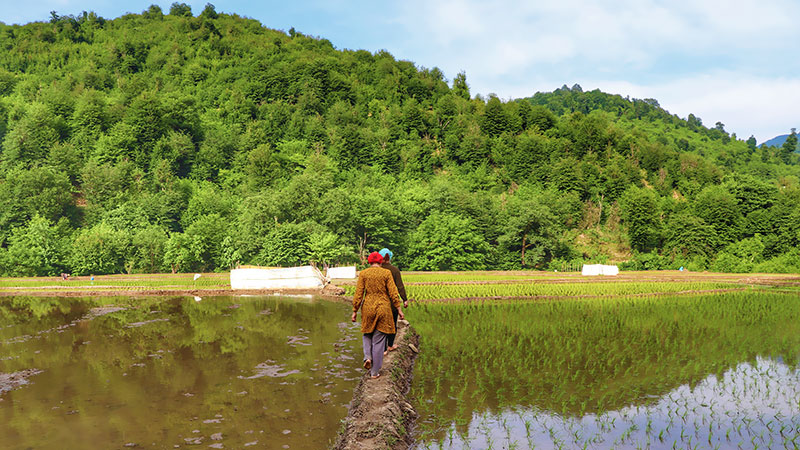
As a testimony of an ancient time and ice age, while all the forests of Europe were destroyed by the ice during the fourth ice age, the Hyrcanian Forest survived, thanks to the Caspian Sea which prevented the intense cold to pass over the lake and destroy forests. It is thus considered the mother of all European forests and is one of the most ancient forest vegetations in the world. While many forests in Europe of the world are about 10,000 years old, the Hyrcanian Forest is nearly 40 million years old. It was even home to one of the ancestors of our species, the Neanderthals, who left signs of their presence over the walls of the forest's caves.
The trace of the Hyrcanians and their myths
In ancient times, Greeks and Persians called the Persian Sea "Hyrcanian Ocean", which was later given its name to the forest. But the word Hyrcania comes from a tribal group once has been living in the current regions of Gilan and Mazandaran that gave their name to the Caspian Sea. Moreover, the third Persian King of the Achaemenid Empire, Darius the Great, mentioned the name of Hyrcania in the Bisotun inscription as one of Iran's 30 satraps (a provincial governor in the ancient Persian empire) at some time around 400 BC.
The south of this era is covered by the Alborz Mountains with up to 4000 m peaks that Arash the archer became the national hero at its summit. In Persian mythology, the Alborz is the centre of the world, and it's like a Phoenix spreading its wings with kindness in the sky of Iran to protect it. The Alborz Mountain range forms a natural protecting barrier, which prevents the transit of humidity from the Caspian Sea to the rest of Iran.
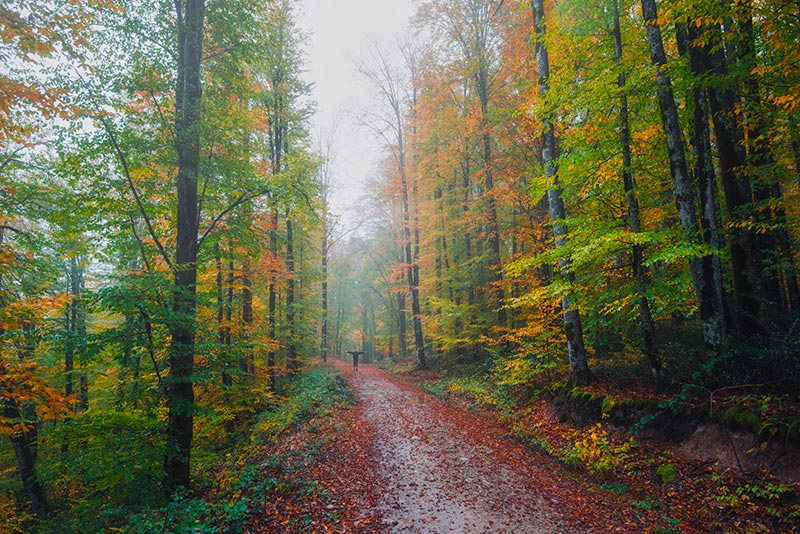
A "masterpiece of nature creative genius"
Dating back to the third geological period, Hyrcanian forests are the world's one of the most ancient forest vegetation. The Hyrcanian forest has created a unique ecosystem that qualifies it as a"masterpiece of nature's creative genius". It is an invaluable treasure for the world because it holds living trees and species of plants that can only be found as fossils in the rest of the world. Thus, these lush forests are like "living fossils". It is also a major era for conservation in the region and the concept of sustainable forests.
There are three categories of vegetation of the Hyrcanian type based on the altitudes as Lowland forests, middle forests and high forests with have remnants of the third geological period such as Alnus subcordata native to Hyrcanian forests in the category of High forests or Parrotica persica which is well-known as Persian ironwood that paints the forest with mesmerizing colourful leaves in autumn.
The incredible climate of Hyrcanian forests is a combination of "humid subtropical", "oceanic", and "humid continental" which made it a great ecoregion of flora and fauna.

Brown bear and Big Cats
Besides its flora, the Hyrcanian forest is also home to many animal species, some of them are endangered species and some, unfortunately, have gone extinct in a recent century like the Hyrcanian tiger which owned the place of the third biggest tiger subspecies in the world.
In over 55,000 square kilometres are living at least 60 species of mammals, such as the Persian brown bear, red deer, and wild goat, 67 different types of fishes, and 29 sorts of reptiles such as the Green-bellied Lizard.
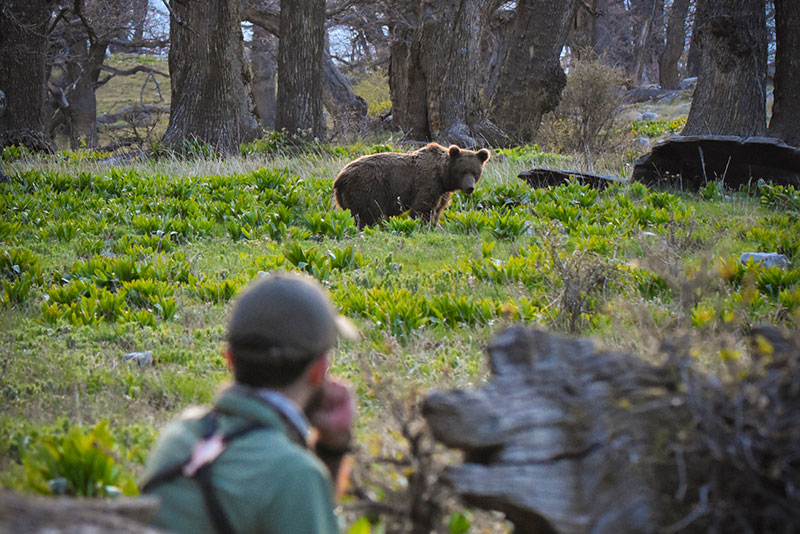
World Wide Fund for Nature (WWF) has inscribed Hyrcanian forests as a Global 200 Ecoregion and more than 340 species of birds who seek refuge here during their annual migration between Russia and Africa made these forests to be listed as an important Bird Area by BirdLife International (IBA).

The mankind habitants of the Hyrcanian forests
The valuable ecosystem and natural resources have caused in creation mankind communities with distinct dialects and cultural lifestyles. Meanwhile only in Gilan province, for instance, there are two main groups of Gilak and Galesh people. Guil or Gilak people inherited coastline parts in plain areas and do fishing and farming while Galesh tribes live in highlands and mountain ranges.
It is believed that Galesh ancestor goes back to the oldest shepherd nomads whose lands were the Caspian Sea's domain and "Warza", the indigenous cows of Gilan have always been the main livestock Galesh people herded and produced dairy products for a living.
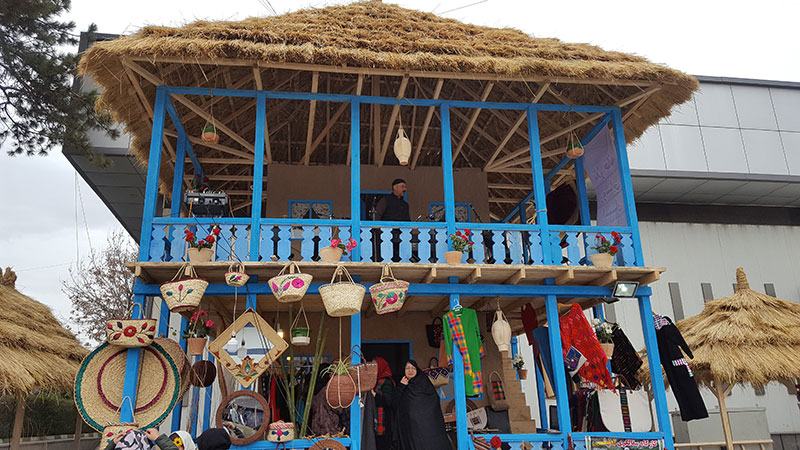
As the result, the environment that this mother forest made is an unprecedented experience for ethnic groups with their special rituals, handicrafts and heaven of culinary doesn't need to mention the north of Iran is a dreamland for food lovers and architectural scenic beauty which is even diverse as you travel through the west to east of north.
